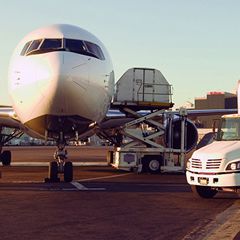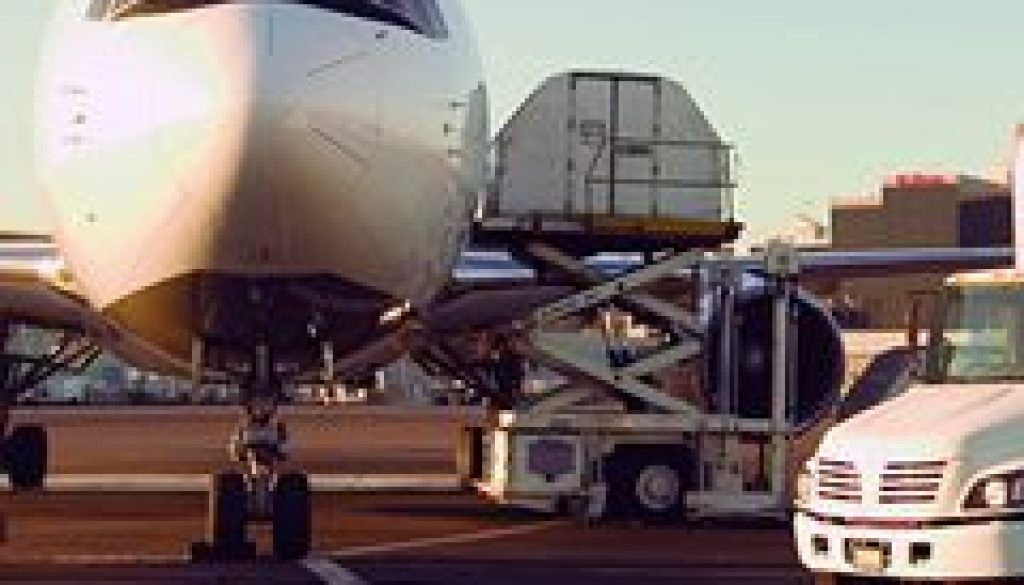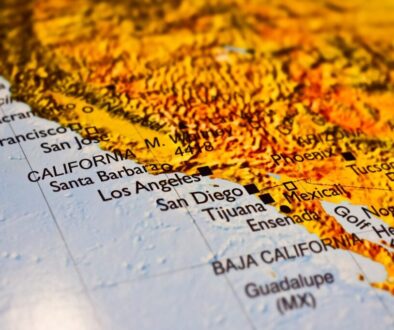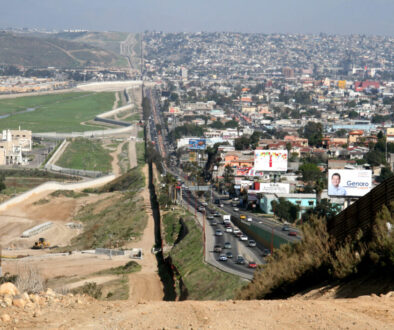Mexico air cargo traffic growth predictions
 By Adina Moloman
By Adina Moloman
Sources: MEXICONOW, World Air Cargo Forecast (WACF)
The Boeing Company with its biennial World Air Cargo Forecast (WACF) together with Air Cargo Management Group (ACMG) reports provides a comprehensive up-to-date overview of the air cargo industry worldwide and in this particular case for Mexico. According to both sources the predictions regarding the growth in the airfreight sector in Mexico remain fairly optimistic forecasting growth of around 4% in 2015.
The Boeing company attributes this growth to a series of events such as the growing disposable incomes of Mexico’s expanding middle classes that will support an increase in volumes, as demand for high-end consumer goods, often transported by air freight, and an increase in number of developing specialist industries in Mexico that will also present a need for increased air freight.
Air Cargo Management Group (ACMG) argues that an increase of 4.5% in freight ton kilometers (FTK) will be sustained with about 125 new cargo aircraft per year that will replace retiring airplanes and at the same time will meet the requirements of projected traffic growth. In case the growth projection will not succeed there is still be needed around 60 new cargo aircraft to balance the capacity of the cargo planes that were retired from the existing fleet, said to Air Cargo Management Group (ACMG).
In Mexico the overland transport remains one of the most important sectors in the country, covering more domestic distribution and allowing trade between North, Central and South America. The freight transport in Mexico is dominated by road (trucks) and represents more than 75 % of Mexico’s total freight transport, followed by rail at 16.0% and inland waterways at 4% and a small percentage remains for air freight transportation.
Mexico is the United States’ 3rd largest goods trading partner and 2nd largest goods export market and 3rd largest supplier of goods imports. United-States is Mexico’s main export and import partner, which can somehow explains the low percentage for its airfreight transportation due to their geographical closeness. Nearshore Outsourcing is another phenomenon that explains the intensive use of road freight, where the U.S. corporations are doing their manufacturing in Mexico from China, leading to a mode shift from air to over-the-road. An important number of transnational companies have returned to Mexico based on current total landed cost calculations.





